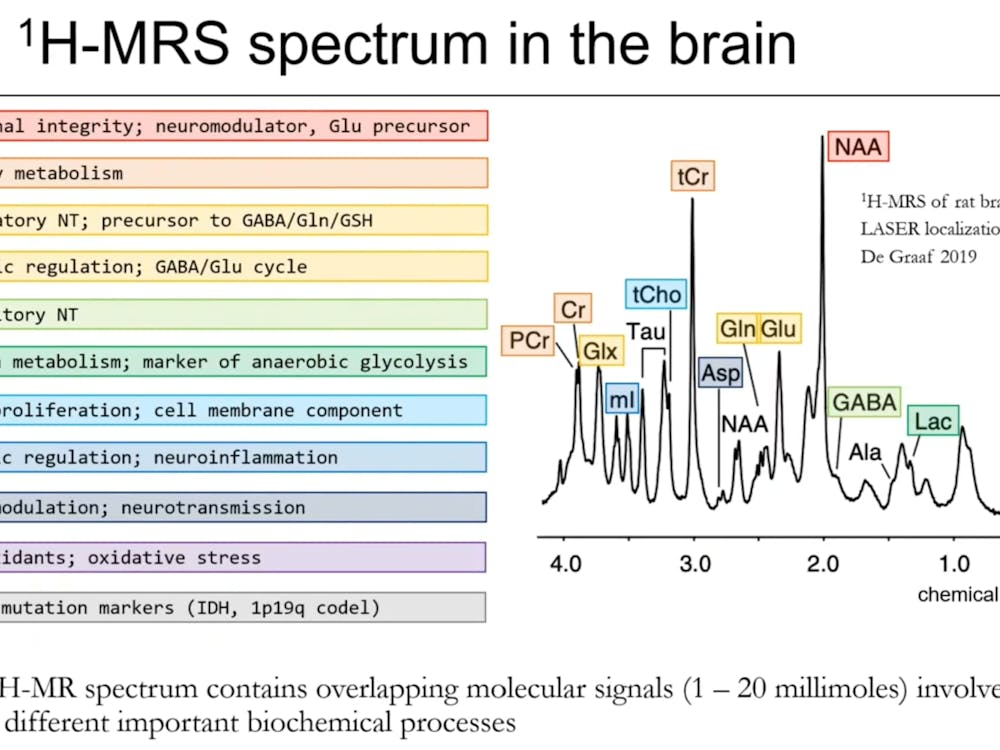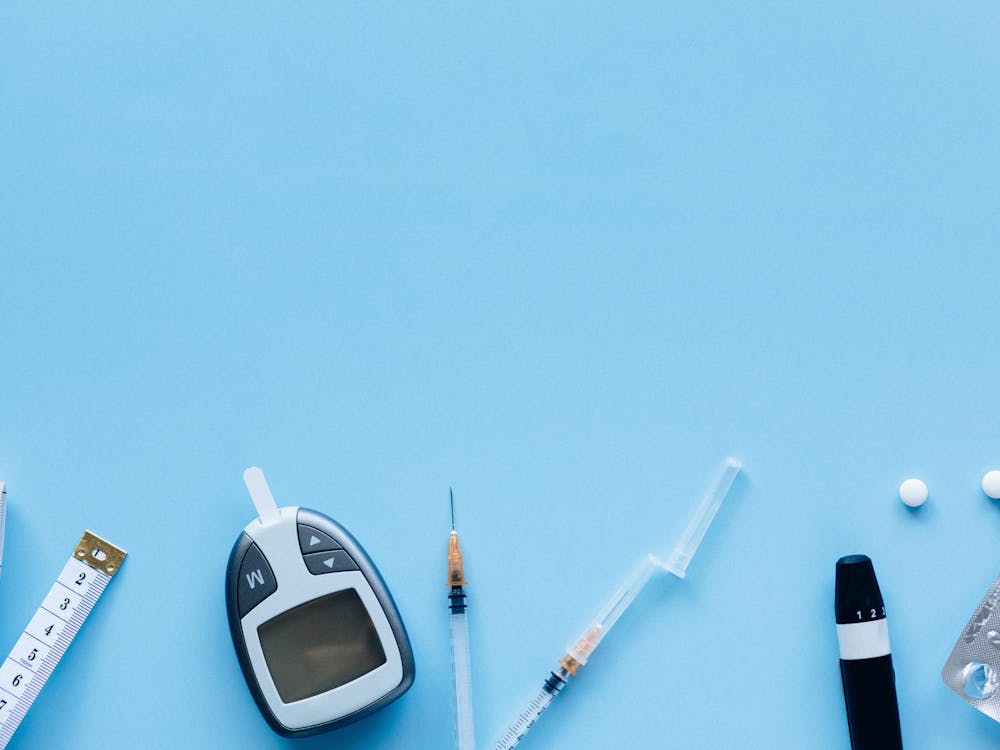All humans possess an internal biological clock that drives changes in behavior and physiological states throughout the 24-hour day. A cycle of this internal clock lasts for approximately 24 hours, so the biological processes governed by the internal clock are called circadian (“circa” meaning approximate, “dies” meaning day) rhythms. Circadian rhythms include the sleep/wake cycle, fluctuations in body temperature and releases of hormones throughout the day. Some reports have even found morning-evening variations in cognitive function, such as mathematical abilities.
Because the human internal biological clock is a bit longer than the 24-hour solar day, the internal clock is calibrated by a number of environmental time signals so that circadian rhythms can be synchronized to the outside 24-hour day. Light is the most important outside cue that the nervous system uses as a time signal. In the presence of natural light, the internal clock aligns with the 24-hour solar day by moving the internal clock backward or forward in synchrony with natural light schedules.
When a dramatic shift in the day/light cycle occurs, the internal clock undergoes a circadian “phase shift.” A phase shift moves the sleep/wake cycle earlier in the day (a “phase advance”) or later in the day (a “phase delay”).
The most common and easily-understood example of phase shifting is jet lag. Jet lag is often experienced by those who travel across different time zones, imposing changes in the natural day/light cycle. When someone is experiencing jet lag, the internal clock tries to slow down or speed up to adjust to the new time zone.
How does the nervous system coordinate phase shifts in response to changes in the light environment, such as those that occur in jet lag? The short answer is that nobody really knows, but there are several speculations.
Although there are internal clocks placed all over the body, there is one master clock in the brain that controls all of the other clocks. This central biological clock is located in a brain region called the suprachiasmatic nucleus (SCN), which is composed of several different neural classes that receive information about the light environment directly from the eyes.
It is well-known that brief light pulses at night can cause circadian phase shifts. Studies using rodent animal models have found that light-induced phase shifts can dramatically increase neural activity in the SCN, leading to the hypothesis that the SCN may coordinate phase shifts by changing its pattern of neural activity in response to light. However, so far these studies have only provided correlative evidence between phase shift and changes in neural activity. It would be crucial to follow up on these studies on a functional level by directly manipulating SCN neural activity and observing whether changing neural activity itself, independently of light input, can lead to circadian phase shifts.
In addition to the speculation that different neural classes may contribute to circadian phase shifts by changing their activity patterns, the SCN may also generate phase shifts through alterations in gene expression patterns. In fact, the molecular gears of the SCN central clock are the expression “clock” genes. Throughout the day, these clock genes oscillate their expression levels, acting as the “hour and minute hands” of the internal clock. The absence of clock genes results in a lack of internal rhythms, as the internal clock no longer has a molecular gear to run and control the body’s physiological states throughout the day.
Due to the importance of clock genes in maintaining the internal clock, it can be speculated that under phase shifting conditions, clock gene expression levels will be changed. Such a hypothesis could be tested by experimentally inducing animal models with light and then using molecular technologies to identify gene expression changes in the SCN.






